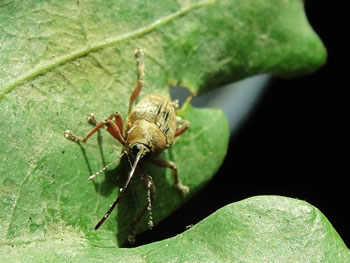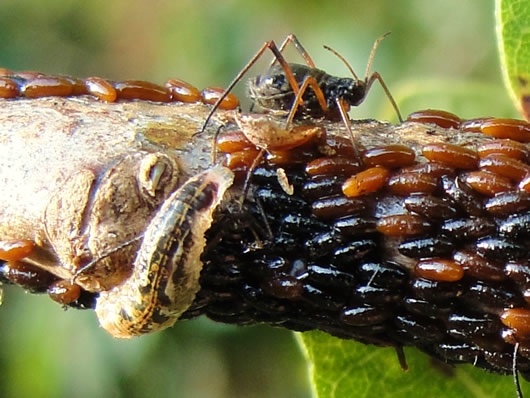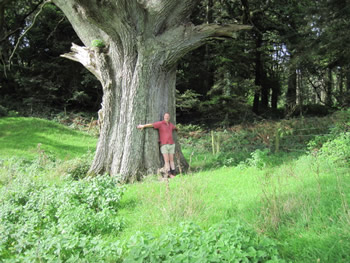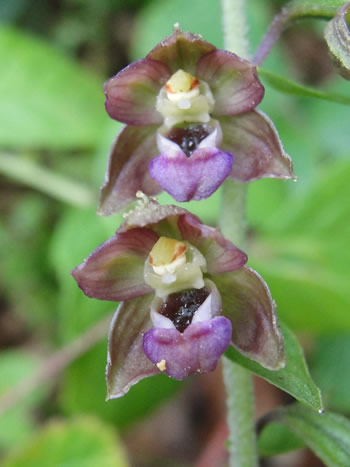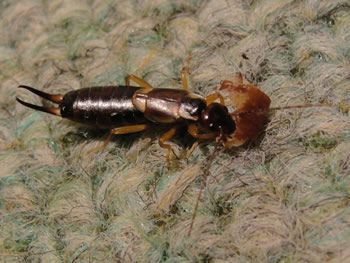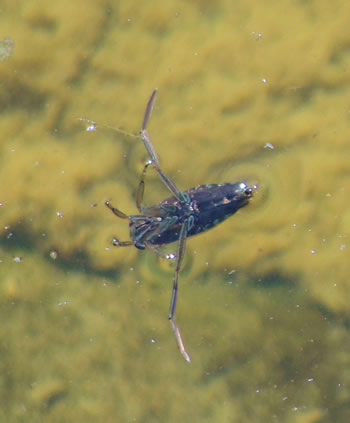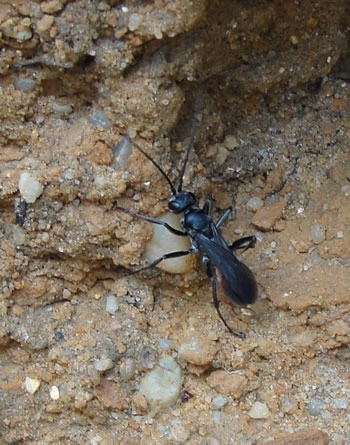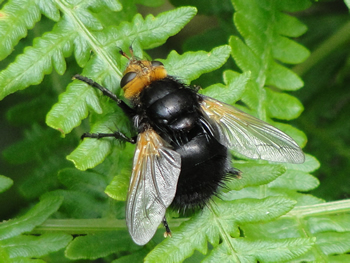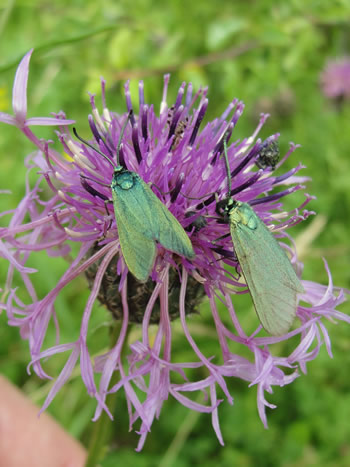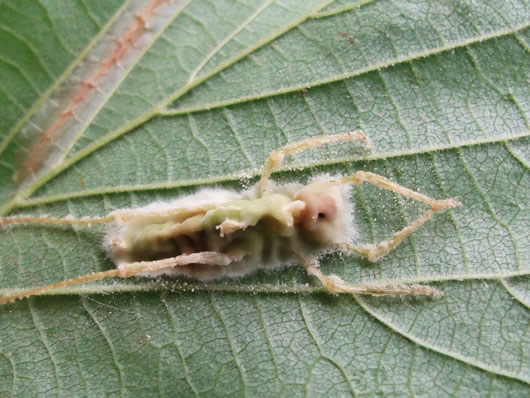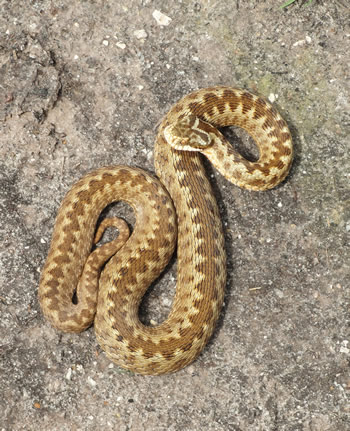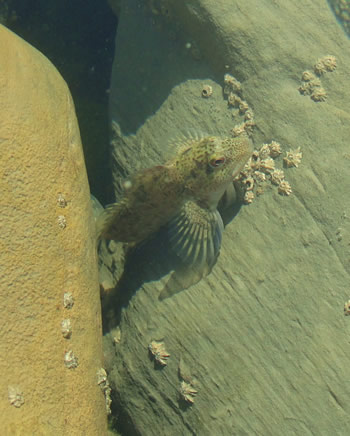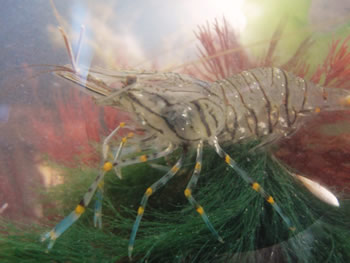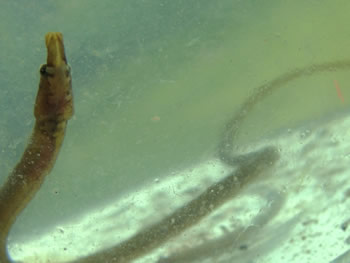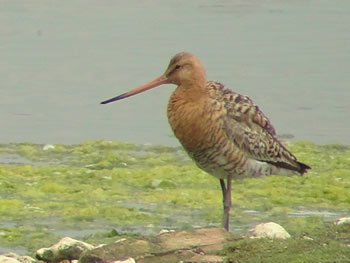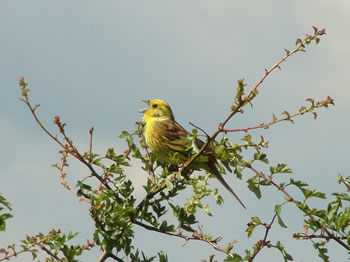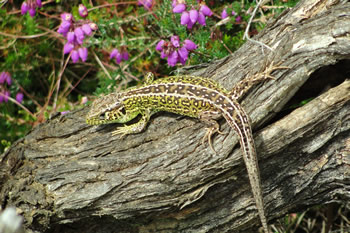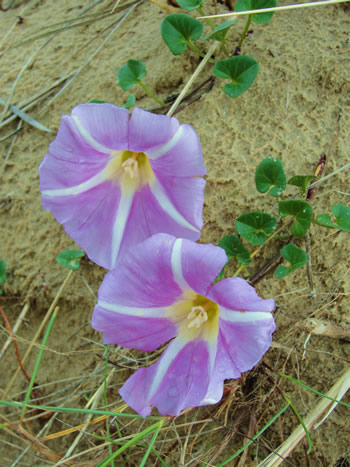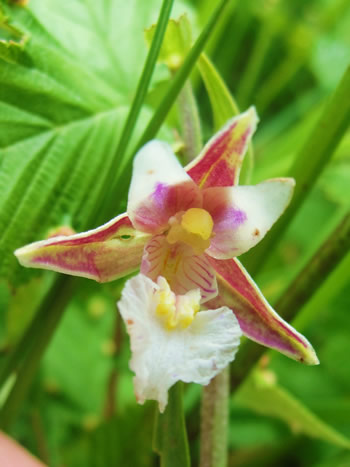The smooth snake is rather odd in comparison to our other two native snakes. The smooth snake (coronella austriaca) gives live birth,. just like the common viper or adder (vipera berus), but does so very late in the year. It does not seem to be a very productive thing to do, but it seems to work. The species gives birth now until the end of the month. The species have also been seen to mate in autumn several times by witnesses which is also an oddity. The female can obviously store sperm and allow it to develop when the time is right, and yet all baby smooth snakes seem to be born at the same time.By mating in the Autumn, maybe some cam prevent the competition during the springtime, or maybe an insurance policy that assures many fertile females to develop young. Smooth snakes seem to be very territorial and will attack each other if placed together unnaturally. Male smooth snakes will also often try to mate with females if they meet, regardless of time of year.Here is a lovely marked large male.
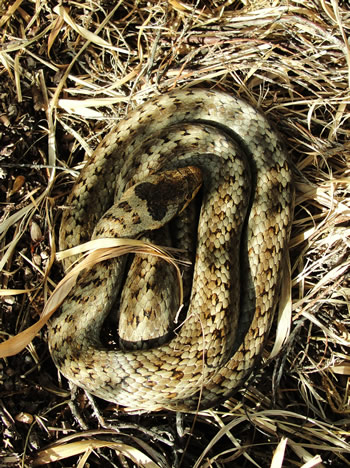 I had been using a female smooth snake for educational purposes and while I was releasing her she decided to give birth to three small babies.Here is one of them still within its sack with yolk still attached.
I had been using a female smooth snake for educational purposes and while I was releasing her she decided to give birth to three small babies.Here is one of them still within its sack with yolk still attached.
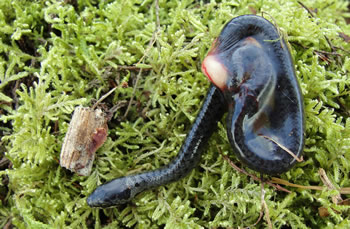 Smooth snakes are abundant on the Dorset heathlands, although they are rare within the UK. Some heaths have very dense populations.They are helped along with the many tins that are placed out by herpetologists to monitor them, creating a slightly unnatural benefit for them. It is so important that the species survives as many of the smaller heathland blocks are losing them fast.
Smooth snakes are abundant on the Dorset heathlands, although they are rare within the UK. Some heaths have very dense populations.They are helped along with the many tins that are placed out by herpetologists to monitor them, creating a slightly unnatural benefit for them. It is so important that the species survives as many of the smaller heathland blocks are losing them fast.
Also on the heaths, the wasp spider (Argiope bruenichi )are laying their balloon like egg sacks. sometimes a female may lay two, like this one.
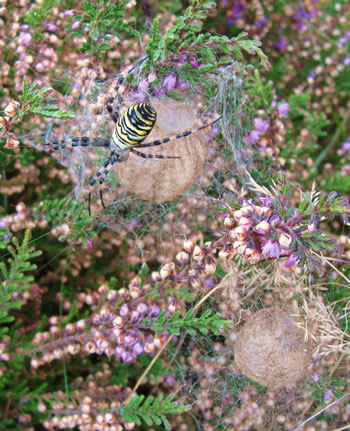 The fox moth larvae, can be seen munching their way through both Autumn and winter on any low growing grass, shrub or even tree.Here one eats the Dorset heath (Erica ciliaris).
The fox moth larvae, can be seen munching their way through both Autumn and winter on any low growing grass, shrub or even tree.Here one eats the Dorset heath (Erica ciliaris).
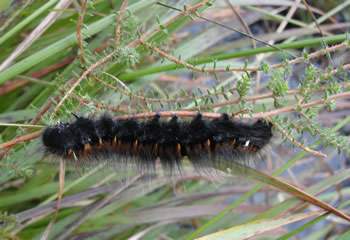
The plume moth(Amblyptilia acanthadactyla) is one of around thirty species of similar looking micro moths, they are often called T moths for obvious reasons. This one feeds within the seed heads of the Dorset heath.It is on one of the flowers of the very local plant.
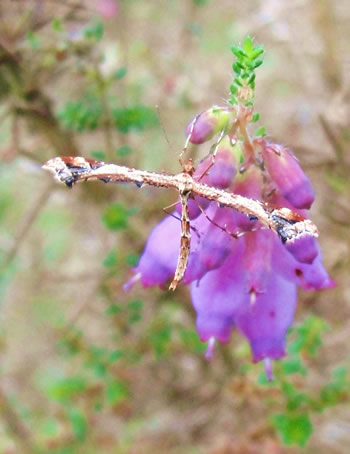 The acorn weevil(Curculio glandium) is abundant on oak trees and it bores into acorns.It is similar to the hazel nut weevil but has a longer rostrum. The acorn crop this year is very poor in comparison to last year.
The acorn weevil(Curculio glandium) is abundant on oak trees and it bores into acorns.It is similar to the hazel nut weevil but has a longer rostrum. The acorn crop this year is very poor in comparison to last year.
